|
On March 13, 1972, disaster struck the Bellamy mansion. Arsonists poured gasoline on the floors and set fire to the house. Damage was most severe in the northwest room on the first floor and in the central passage. Plaster had fallen and broken in many rooms, wood was charred and some destroyed, and fixtures and mirrors were damaged. The antebellum house, built mostly by enslaved workers in 1861, and that had previously needed only ordinary repairs and repainting, now required major restoration. Still intact on the outside, the mansion stood fire-damaged and empty at the heart of the city of Wilmington. Although no culprits or motives were ever determined, the best theory behind the 1972 fire at the Bellamy Mansion is that it was political in nature. Throughout the south, public schools were being desegregated, bringing Black and White children together in the classrooms. New Hanover County, of which Wilmington is a part, had begun integrating its high schools in 1968. Black students were bused to the White schools and not given the same opportunities as the White students. It was a tumultuous time in Wilmington, scarred by protests, fires and widespread violence. In early February 1971, Black students staged a school boycott to protest systematic mistreatment by the city’s education authorities, teachers, police, and White adult thugs who harassed them on school grounds. Amid the chaos that ensued, a White-owned mom-and-pop store called Mike’s Grocery was burned. In March 1972, nine Black men (five of them high school students) and one White woman — the Wilmington Ten — were charged and convicted of that fire based on perjured testimony. How does the fire set by arsonists at the Bellamy Mansion factor into this narrative? Many observers at the time linked the arson to conflicts over the school district’s integration. Heyward C. Bellamy, a distant cousin of the family, was the Superintendent of Schools overseeing that effort, which was unpopular among both Whites and Blacks. He became a lightning rod for community tensions. Once, he was shouted down by angry Black students. On another evening, hundreds of sympathizers with the group Rights of White People demonstrated on Bellamy's lawn and let the air out of his car's tires. His name alone may have been the catalyst for the Bellamy fire. An alternate theory to the “fire of incendiary origin,” as described in the local newspaper, is that the Bellamy house may have been attacked as a symbol of the Old South. In early 1972, prior to the March fire, members of the Bellamy family formed a charitable corporation called Bellamy Mansion, Inc. to assure the preservation and restoration of the mansion and all its antebellum glory. For some Wilmingtonians, that may not have sat well. We simply don't know. Subsequent fires, for which the causes were unknown but were not ruled arson, destroyed the home of John D. Bellamy Jr. at 602 Market Street in August 1972, and the Robert Bellamy house in 1980 (the latter is now the parking lot for the Bellamy Museum). (Sources: Wilmington News article “Fire Hits Bellamy Mansion,” March 14, 1972; Catherine W. Bishir’s “The Bellamy Mansion”; Kenneth Robert Janken’s “The Wilmington Ten: Violence, Injustice, and the Rise of Black Politics in the 1970s”)
0 Comments
Leave a Reply. |
Older Blog Posts
To see all previous blog posts, please click here. Blogs written after summer 2020 will be found on this page. AuthorOur blogs are written by college interns, staff, and Bellamy volunteers. Archives
July 2024
Categories |
|
Ticket Sales
10:00 am - 4:00 pm daily
Monday-Friday 9:30 am- 5 pm |
Admission Prices (tax not reflected)
Self-guided
|
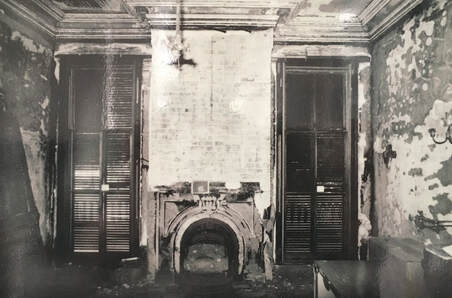
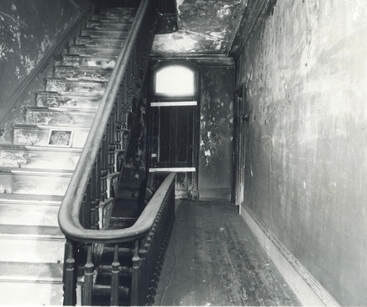
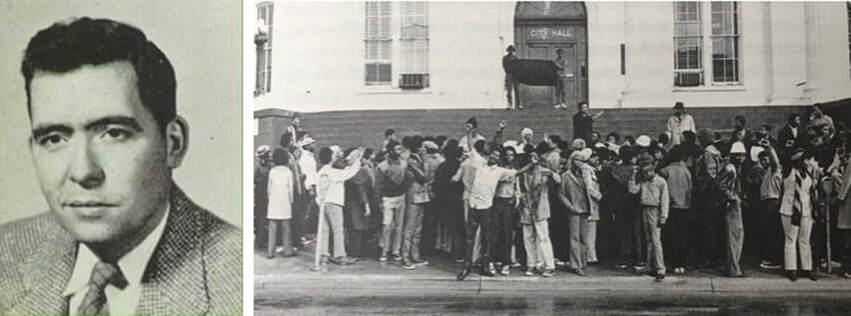
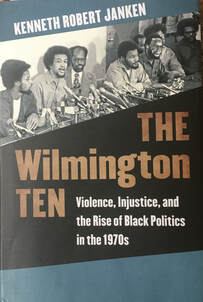
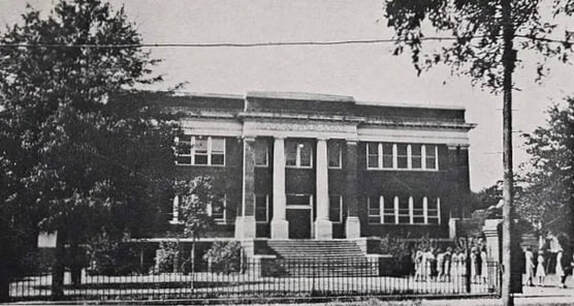
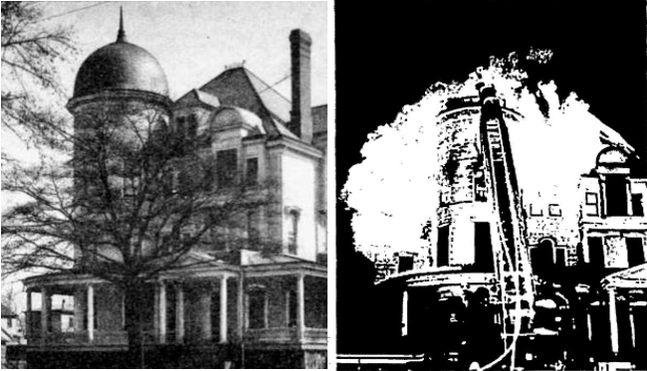
 RSS Feed
RSS Feed




